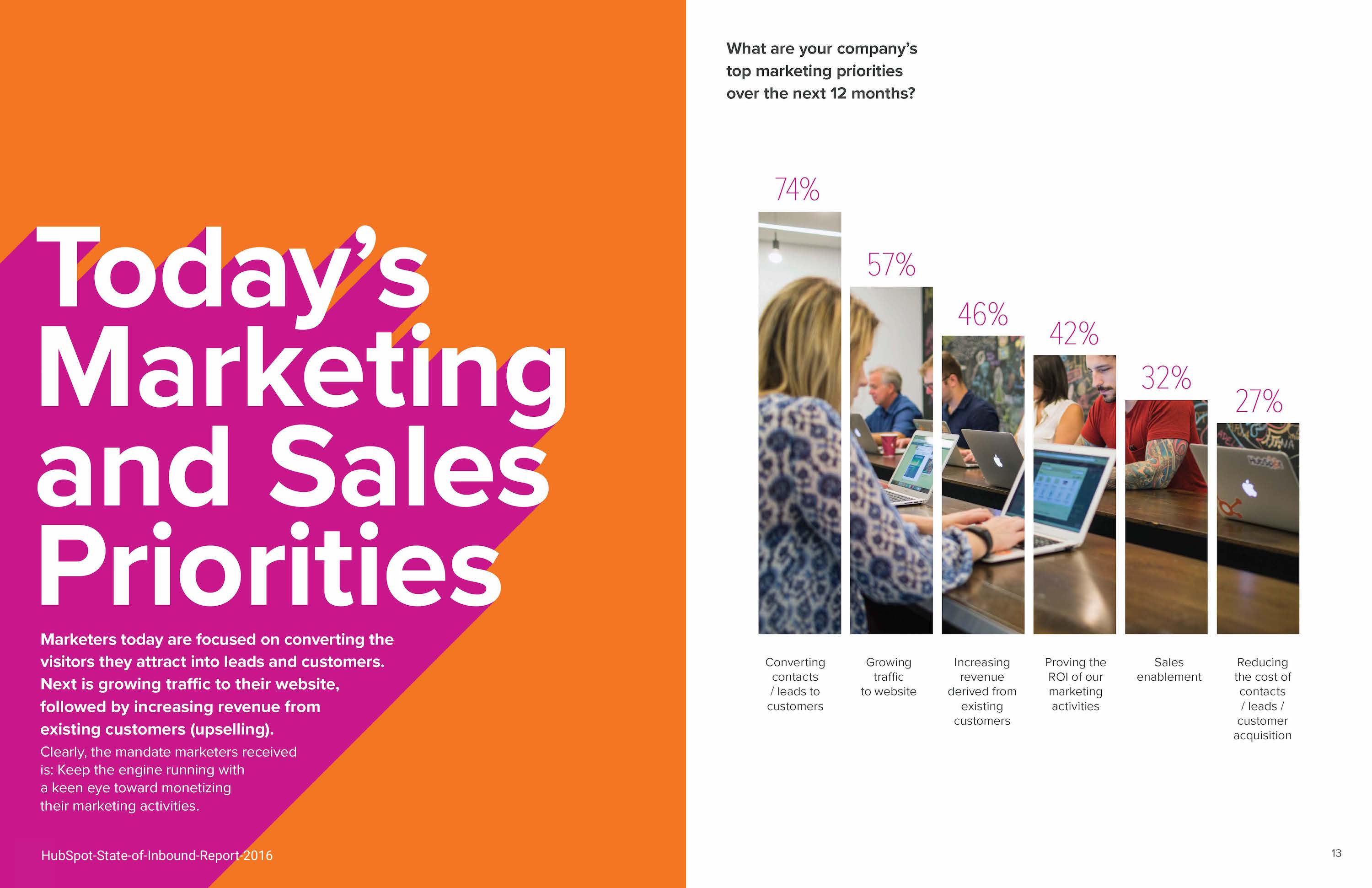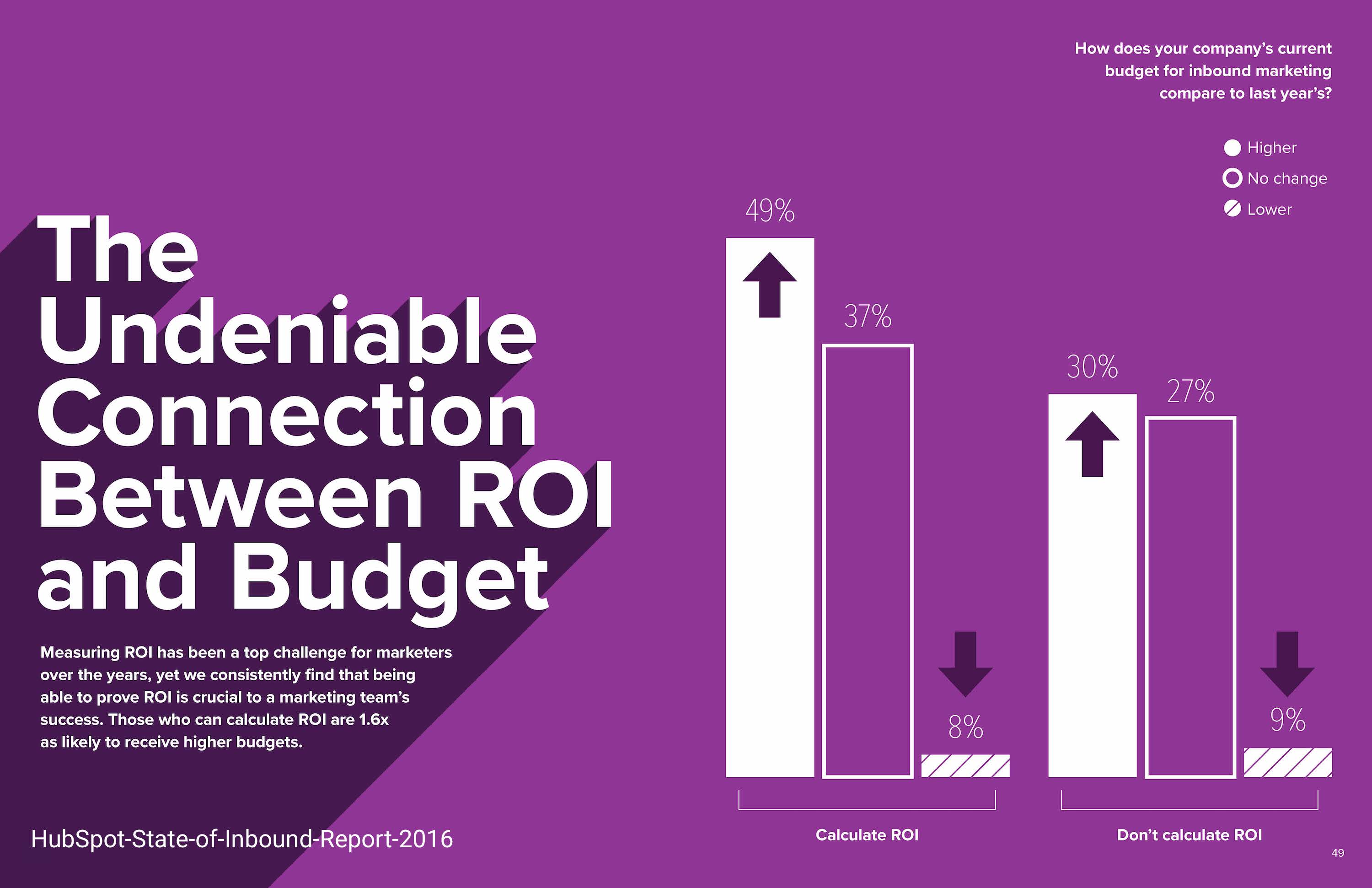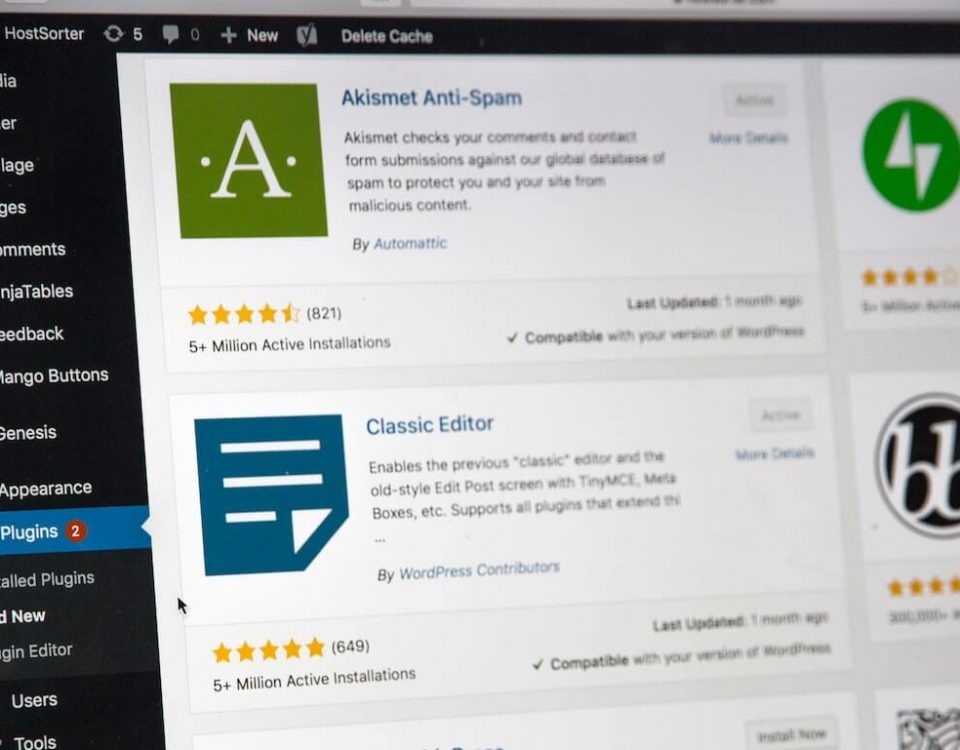Why You Need A New Website
Buyer Personas – Getting it Right is More Important than You Think
January 23, 2017
How to Get More Leads to Your Website
February 13, 2017How to Make Sure It Will Pay for Itself – Over and Over
Do I really need a new website?
That’s what a recent client asked.
It’s a pretty normal question. If you listen closely enough, you can also hear a little fear and distrust. Let’s face it, this whole web world is a little intimidating. It’s not something the average business owner can completely understand at even the most important levels. It’s always changing and nearly everyone you know has experienced a website design engagement where dishonesty seemed to be involved.
Websites are expensive. And, when you look at yours as a line item expense rather than an investment in revenue generation, it really seems expensive.
It’s hard to spend thousands on a website when you aren’t sure there’s any ROI in it. After all, your old site has never generated a new client for you. You’ve never gotten a lead. It’s been there for those who want to learn more about your business, but that’s about it.
It doesn’t make much sense to spend money on a website when your clients want to come into your warehouse to pick up their supplies. Why do you need an online business?
Your golf cronies and networking buddies talk about the leads and new business they’ve generated from their websites. They talk about how their new websites have had a respectable impact on new client revenue and growth. How they are reaching markets they hadn’t reached before.
Your site seems fine to you. A friend built it 10 years ago. But your friends have caused you to reconsider your logic.
 Your Buyers & Prospects Buying Habits Have Changed
Your Buyers & Prospects Buying Habits Have Changed
If nothing else, your peers have shamed you into talking to a reputable company to gain a better understanding of how (or whether) a new website will make a difference for your company.
After meeting with the first two companies, you have confirmed what everyone else has been saying – “you need a new website” – you decided it might be worthwhile to learn a little more.
Things have changed A LOT since your last website development experience.
Every single business is an online business. The Internet has changed everything.
Ten years ago when you built your first website, it was really just an online “brochure.” Back then you either had an online store or you had an online brochure. Ten years ago, that’s what most small businesses had and only the big box and the largest companies invested in online marketing to promote their brand and solutions.
Today, as a result of how buyers approach the buying process, you have no choice but to provide the information your buyer is looking for during their entire buying journey. Nearly every buyer for every industry uses the Internet as a source of information gathering. Every buyer has three phases they go through prior to purchasing: 1) Awareness Phase 2) Consideration Phase and 3) Decision Phase.
Whether your buyer prefers to come to your warehouse to pick up their supplies or not, you’ve got to provide information about your product and services, down to the most specific details. Your buyers and prospects want to compare your solutions to your competitor’s. They may need to see the specs to determine if it will work in their unique customer situation or simply see if you have a few items in stock. They’ll want to know certain application specifications and how-to information.
The latest statistics we can find (2014 Study) reveal that more than 94 percent of buyers, do their research and information gathering online and then they buy local. So, your buyer may, in fact, want to buy from your warehouse, in person. But you can be certain they want to be able to conduct their information gathering online.
At the very least, you’ll need to provide the following information. If it is different for different buyer personas, you’ll need it for each persona:
- Clear product or solution descriptions
- High-level overviews followed by detailed information
- Define all unfamiliar terms in your solution descriptions
- Use customer reviews
- Encourage reviews through incentives
- High quality and real-life product and service images
- Show product images at multiple angles
- Use video where ever possible
- Enable on-site product or service comparisons
- Easy shopping cart editing
- Easy navigation between similar products
- If your solution is a product, provide clear shipping and return policies
- Make it easy to return / exchange products
- Provide free shipping
- Offer same-day, next-day and two-day delivery – this is a standard now
- Display a security certificate
- Offer fabulous support and make your contact number prominent
- Provide onsite chat feature
If you aren’t going to provide the information they need at every phase of the buying journey, they’ll go to your competition’s website or go national. Your competitors will provide the information they are looking for and ship it overnight. Some of them will even provide free returns.
Yes. Things have changed.
Data Doesn’t Lie
At Blue Iris Marketing, we spend the first meeting(s) listening to the client and building trust. It’s important that we understand your business goals and understand the whole picture. Your website and online brand should be driven from the top down. Your website should not only represent your brand beautifully; it should deliver on your company’s annual growth goals.
 Painting a Data-Driven Value-Based Picture
Painting a Data-Driven Value-Based Picture
How to Determine if You Really Need A New Website
When we understand your company’s goals, we can create reasonable and achievable marketing and sales goals. They have to make sense to you and they have to be achievable. Your website will be the hub and deliverer of your goal-aligned results. We must collect certain data and understand it in order to paint a value-based picture.
Prior to starting a website project, some of the qualifying questions we seek to answer are:
- What are the company’s 12 – 36-month growth goals?
- Including new customer acquisition, retention and new revenue goals
- What is the lifetime value of your target client(s)?
- What is your current website contributing toward those goals?
- What processes, systems and campaigns are currently in place?
- What’s working?
- What’s not working?
- What are reasonable 12-month goals for your website to achieve? 24 and 36-month goals?
- What is the current “absence of value” (value you are missing as a result of your current state)
- With some additional research and collaboration, we seek to define the “solution” that will resolve your absence of value.
- What is the approximate “value impact” of that “solution” within 12-months? 24 and 36-months?
- What is the cost of that solution over 12-months? 24 and 36-months?
- What is the estimated return on investment in 12 and 24-months? (36-months begins to be somewhat speculative in our current business landscape.)
Identifying and quantifying this information is the key to understanding what it will take to develop a website that will pay for itself – over and over.
The first steps in a website project are highly consultative and research based. They involve understanding exactly what your goals are, what the potential for your website is, and what should your unique website solution look like in order to maximize results, profits and ROI.
This data is crucial to that process and to the success of your website solution. It’s also critical to your online success.
Choosing a vendor or provider you trust is critical in achieving maximum value on behalf of the client.
Quantify the Return on Investment
Once we reasonably quantify what you want from your website (or what is possible), your redesign strategy can typically be developed and managed to assure delivery of your goals. Your website should be designed, developed and maintained to deliver measurable results. To achieve that, we identify the metrics, manage and improve results based on real-time data. This enables us to quantify the value of your investment and your ROI.
A qualified website provider will be able to collaboratively guide you through the quantification process.
To maximize the return on your website investment, you and your provider will have to be strategic about the content on every page, the website structure, the user experience, the online efforts to drive traffic to your site and the management of all the moving pieces, including diligently interpreting the resulting data and following through (in real time) with what it tells you needs refining.
Identifying and managing the proper metrics will set you up to maximize your investment. These are some of the metrics your provider needs to develop in order to drive and maintain a profitable website.
- Develop specific landing pages for each (or specific) buyer personas
- Increase referral traffic to 15% of overall traffic within X months; 20% within X months; 30% within XX months
- Increase XX visitors to “yourdomain.com/landing-page/” each month
- Convert X visitors to marketing qualified leads (MQL)
- Convert X MQLs to sales qualified leads (SQL)
- Convert X SQLs to customers
- Improve and maintain website load time to below X.X
- Increase unique visitor traffic to X
- Manage repeat visitor rate to approximate 15%
- Improve bounce rate by X% in 90 days
- Maintain less than XX% bounce rate
- Increase direct traffic by X%
- Achieve and maintain organic traffic of 40% to 50% within X months
- Organic search conversion rates of 11% in 9 months
- Maintain organic conversion rates of 15 – 20% within 12 months
- Improve page 1-3 keyword rankings by 20% each month
- Improve “specific” keywords on pages 4 – 10 by 10% each month
- Increase high-value inbound links by XX% every 90 days
How does a website pay for itself, over and over?
Your mobile-responsive, highly-intuitive, data-driven, results-focused website is the hub for all online (aka inbound) marketing efforts. Every type of content development, social posting, email send, or campaign you run should be optimized and designed to drive traffic back to your website and landing pages.
By managing the proper metrics, you can continually improve your results and your ROI. When you can quantify the value of your investment, you can begin to look at the cost of the website as an investment rather than an expense. Your website investment should have a powerfully motivating return on investment.
If your website provider, designer or developer cannot collaborate with you to determine a quantifiable value your proposed website solution has the potential to deliver within a specified period of time, you are talking to the wrong vendor.
If your website vendor does not quantify the return on the investment prior to development,
your website solution will not maximize your invest
and you are going to be disappointed.
Our next article untangles the challenges and focuses on the tactics for getting traffic to your website. Don’t miss it.
You should consider entertaining new vendors, if your website provider isn’t quantifying:
- your proposed goals
- the absence of value you are experiencing in your current state and
- the value impact of your proposed solution at specific milestones
It’s not easy to find a strategy-based, full-funnel marketing agency. They exist, but they aren’t on every corner.
How much new client opportunity is your current website currently costing you?
Does it makes sense for your organization to entertain a new website solution?
Contact us. We’ll answer these questions for you.
It’s free. There is absolutely no obligation to buy.
Request A Consultation




